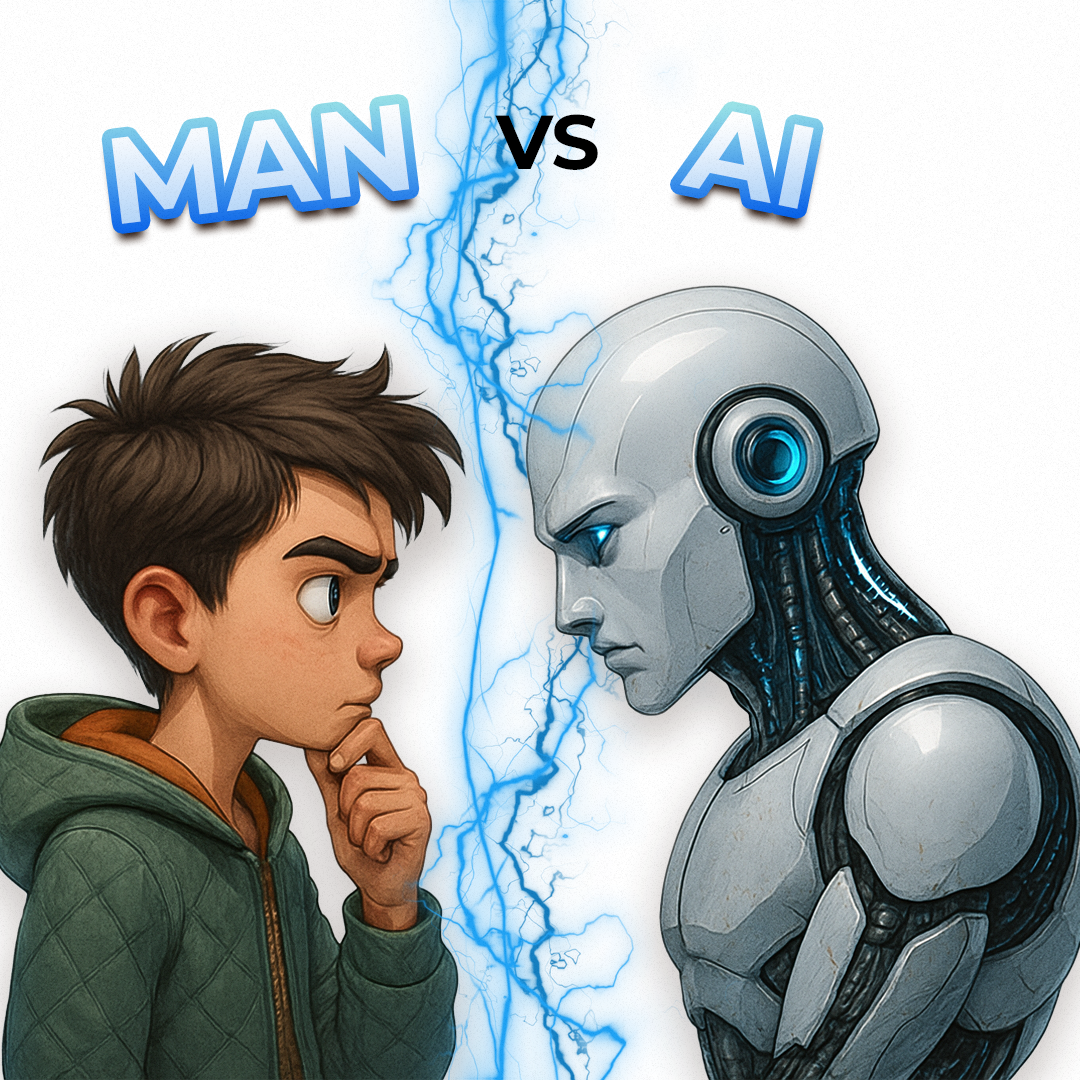AI is a breakthrough technology. Machine learning operations are effective. Special limits are needed to make the intervention smooth and rapid. We chase trends. But, trying to maintain their core influence might be complicated. Let me get into details with these case studies which rational to brighten that fact.
1. AI understands programming. AI never makes a mistake.
One interesting survey found that “AI programming assistants do not address functional or non-functional requirements all the time”. These assistants must have an exact database related to the project requirements.
Myth: For example, GitHub Copilot can generate code lines. Also, it may suggest functions. Another example is AI tools like Testim or Mabl. They automate repetitive tasks.
Why a myth? However, it is almost impossible to complete these tasks without any failure. Thus, AI assistant requires human intervention. GitHub Copilot does not understand the full context of a project. It requires the developer to review and integrate code properly. Testim and Mabl need test cases and result analysis. So, we require QA engineers.
The inference: The result is that we pair AI assistants with human interaction. Synchronizing must be 100% controlled and monitored by real humans. Thus, security gaps are caught early.
2. AI is always fair. AI removes existed jobs.
**Myth:**AI is fair with decisions. And removes some job positions. These are myths. Here is why. For example, define suspects. AI-driven video analytics can detect unusual behaviour in the law enforcement area. And speed up police investigations. Thus, police officers lose their jobs to technology. And, AI finds real criminals.
Why a myth? However, these systems can be limited by the knowledge base. There are a lot of different faces. Thus, face recognition requires enormous power to be something trustful. Human judgment is often preferred for complex decisions. Also, AI has barriers understanding real-world criminal behaviour. This is where it gets stuck and influences the overall police investigation. It takes a lot of time.
The inference: There comes a logical solution. Police officers must have the training. It helps to filter everything these technologies might record. We have to combine human interaction with artificial intelligence education. Police officers should confirm specific databases for AI. So, everyone knows what he or she is in charge of.
3. AI replaces customer service representative.
Myth: AI chatbots do not struggle with complex or incomplete requests.
Why a myth ? Even though this can be from an easy part of the whole inquiry. The customer is waiting for AI’s response too long. It often requires human intervention. We can solve that by arranging hybrid environments. AI takes routine questions, whereas humans get cases with empathetic interactions. Moreover, AI could be just a well-based sorting element. Afterwards, specific departments get related questions.
The inference: This combination might decrease expenses for customer service representatives.
4. AI understands context.
Myth: Also, we use AI assistants in copywriting a lot. AI is professional at writing texts of different quality. It attracts people. First, this is easy. Second, it saves time. Third, it gathers abundant content.
Why a myth ? There is a chance to fill content with human-written posts. It is about keeping the presence of a real human thinking process. This refers to originality. AI shall step in to find possible sources for advanced material. Still, humans are the ones who navigate AI. Therefore, texts should be unique creations of a person. It leaves its patterns and signs on the web for machines.
The inference: As a result, our “iron binary brother” can become a real assistant through our knowledge.
None of these use cases outright AI efficiency and progress. However, it breaks the myth of AI power.




